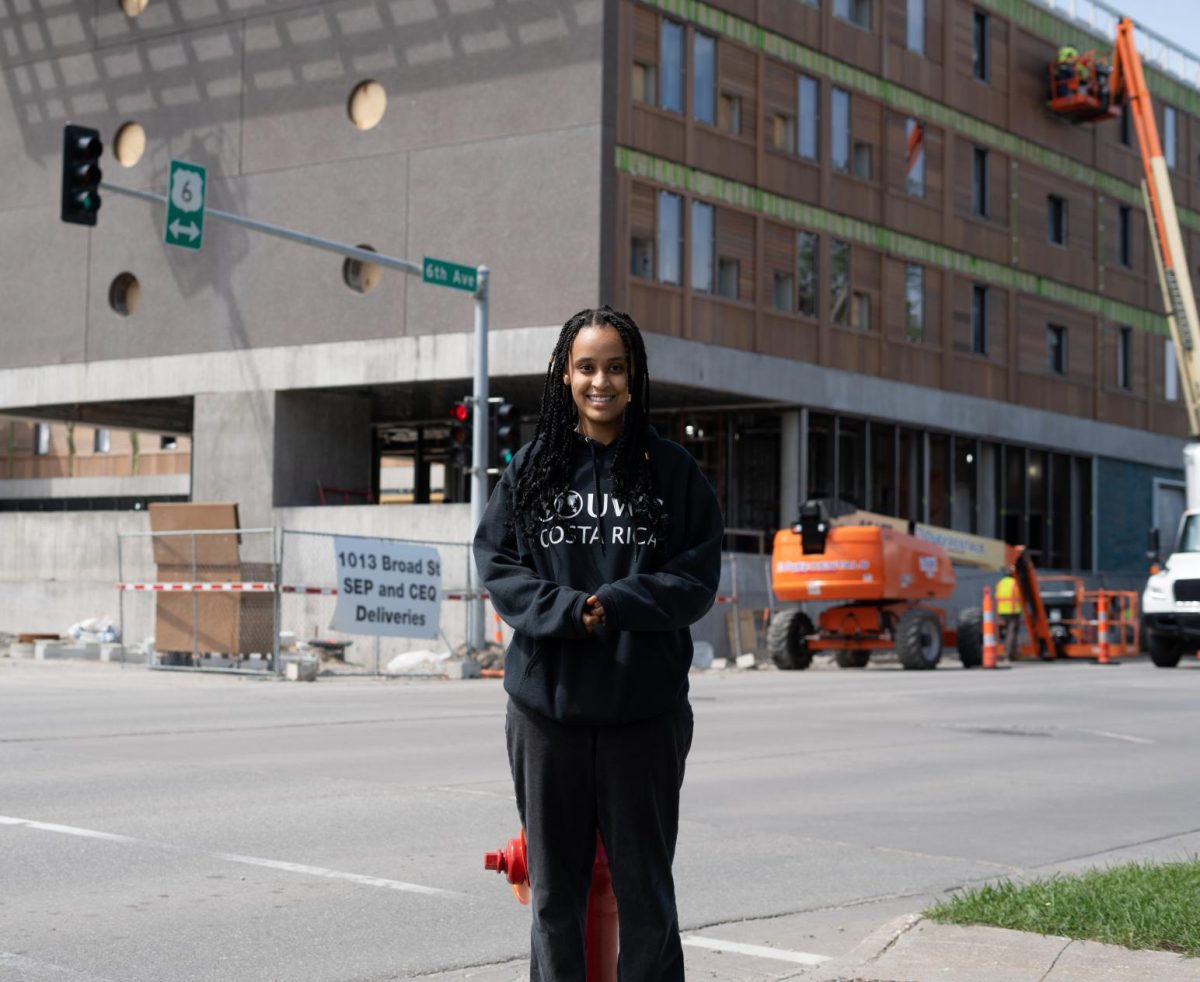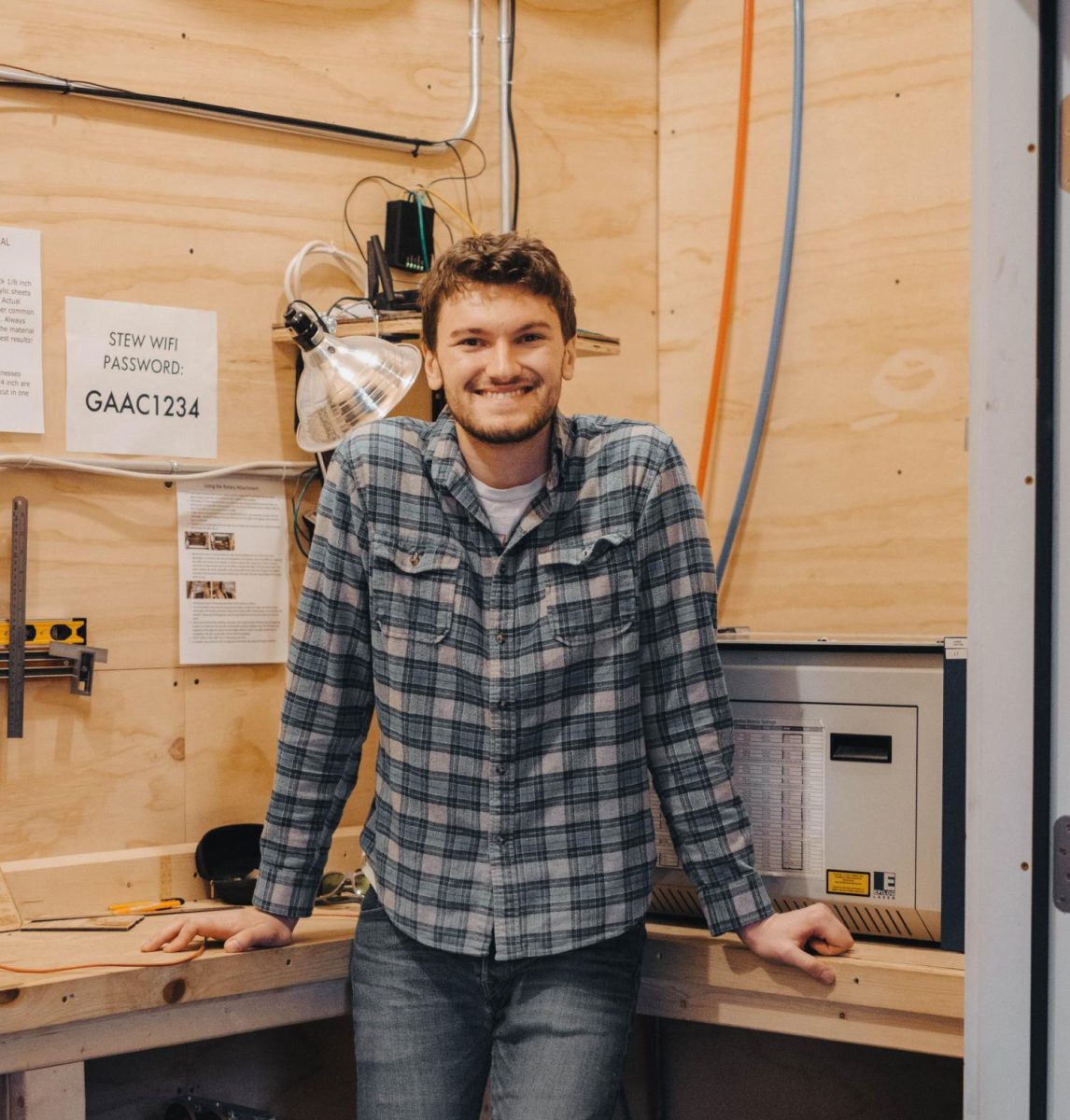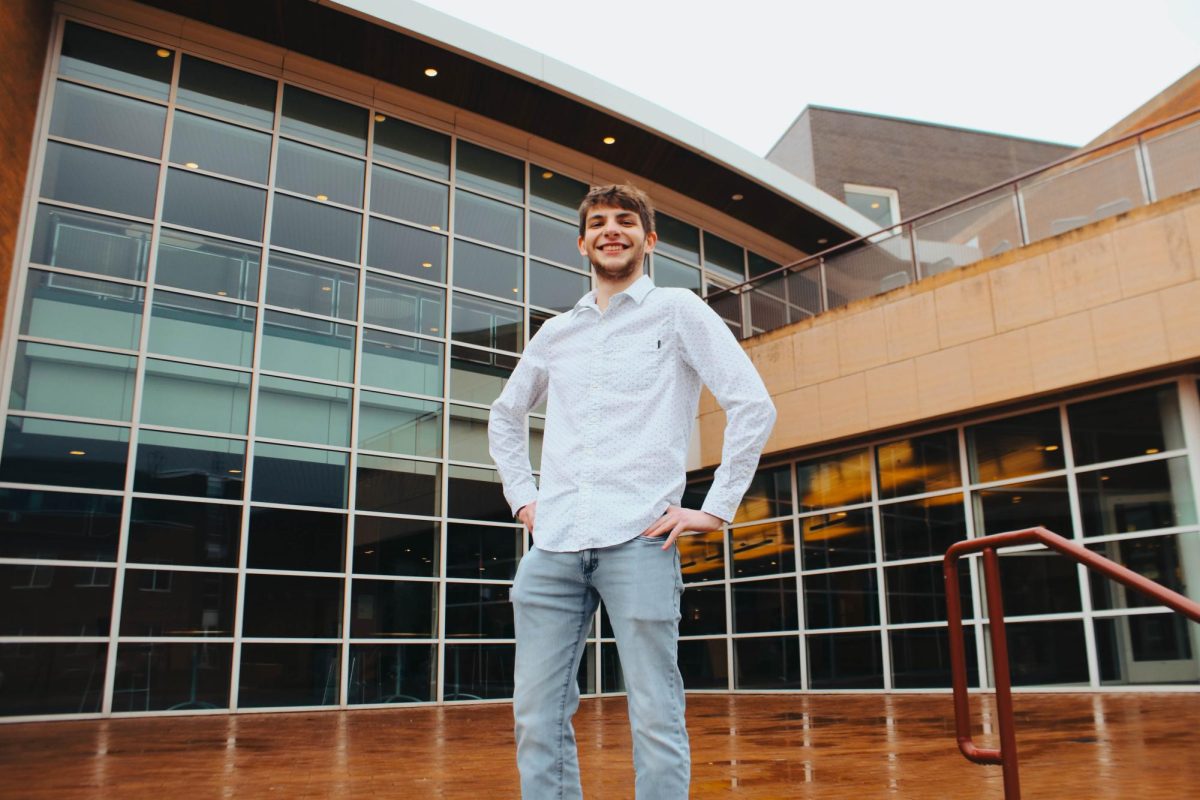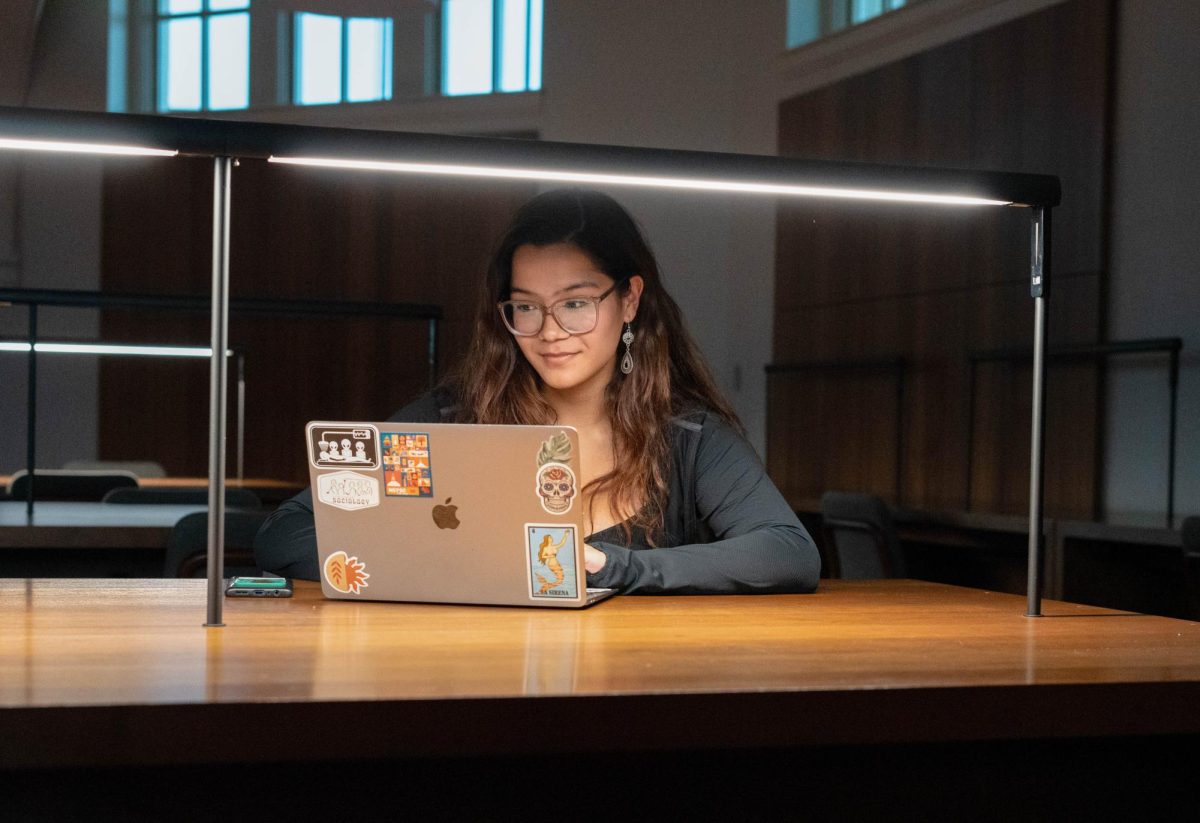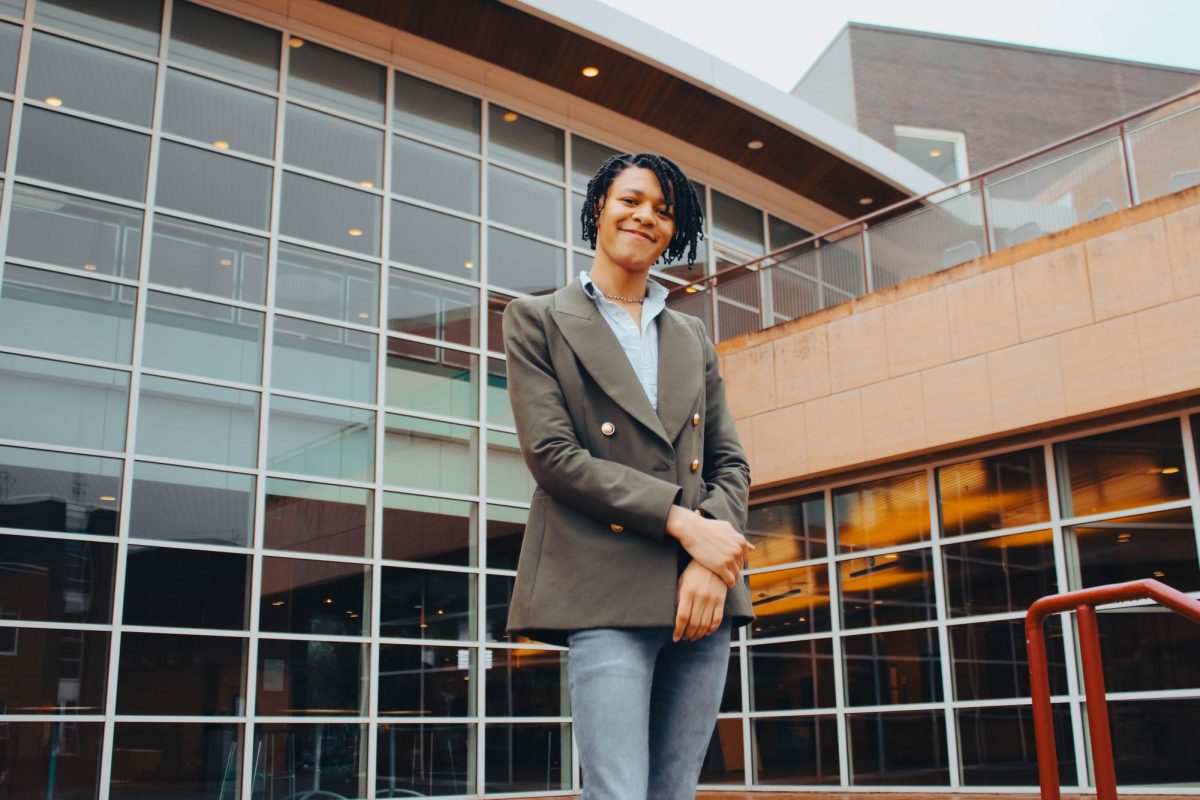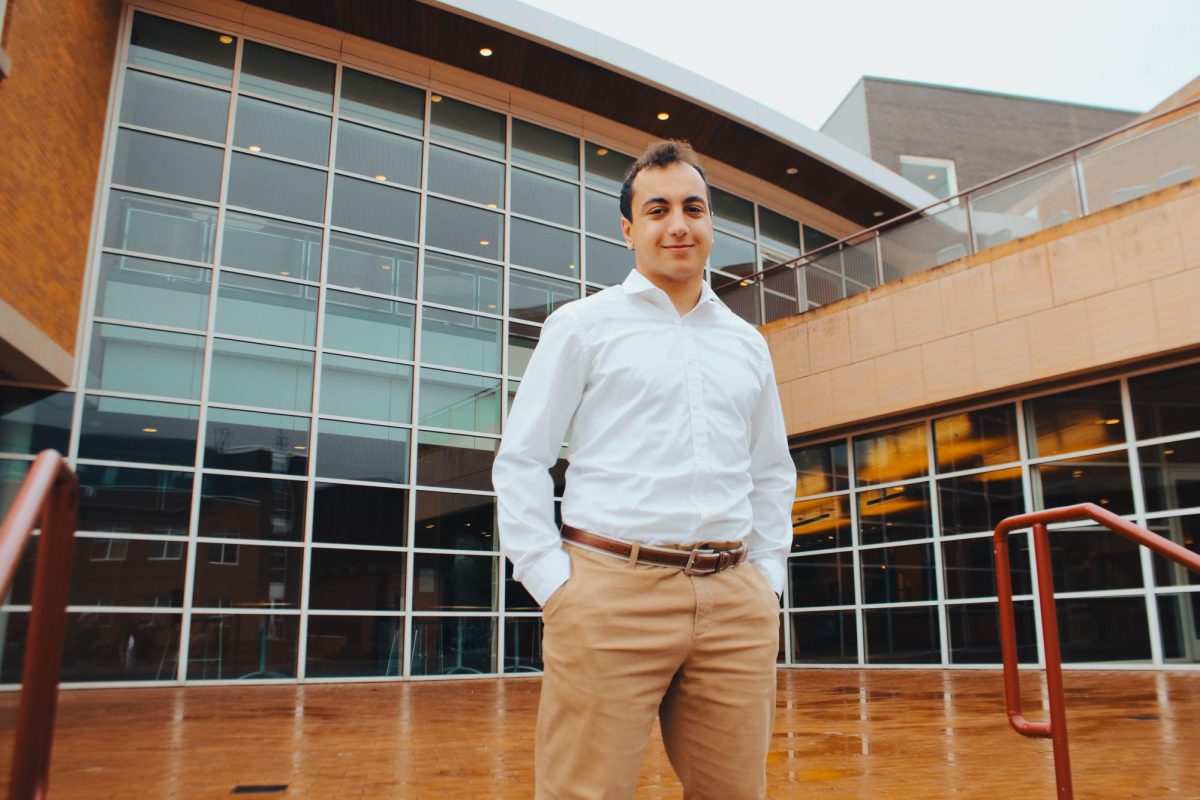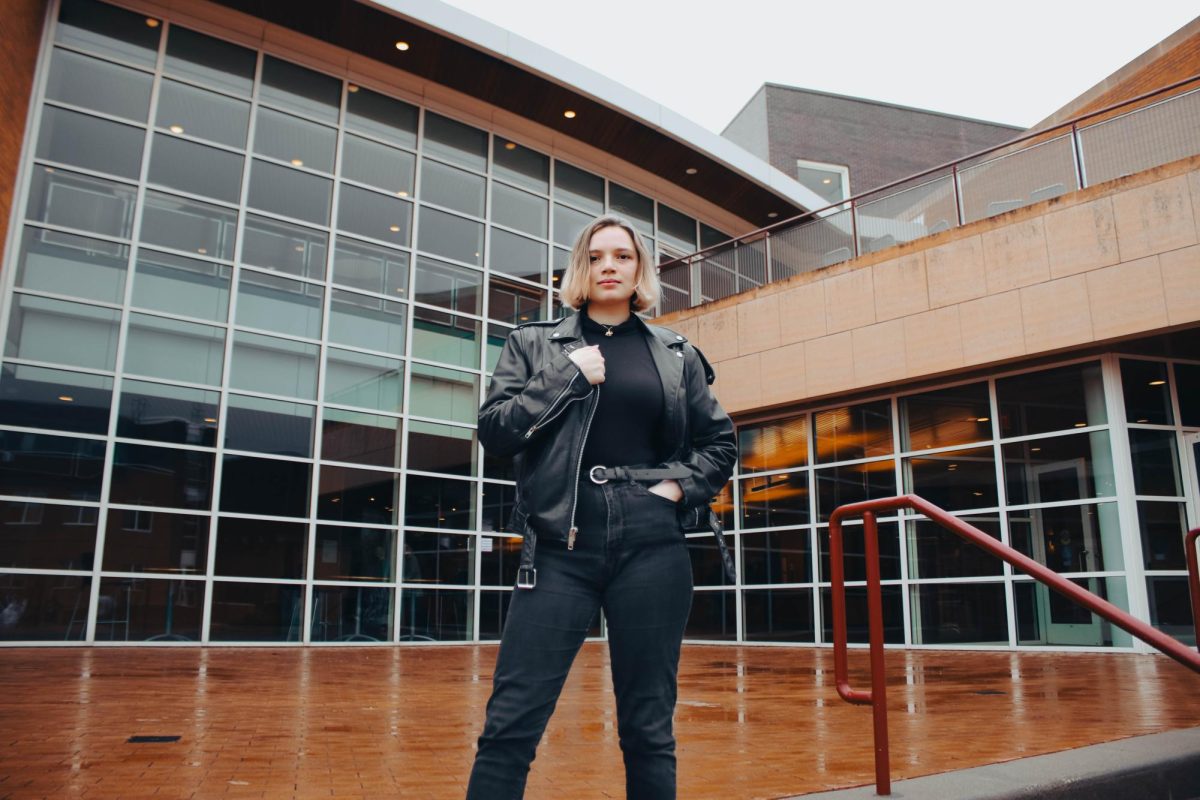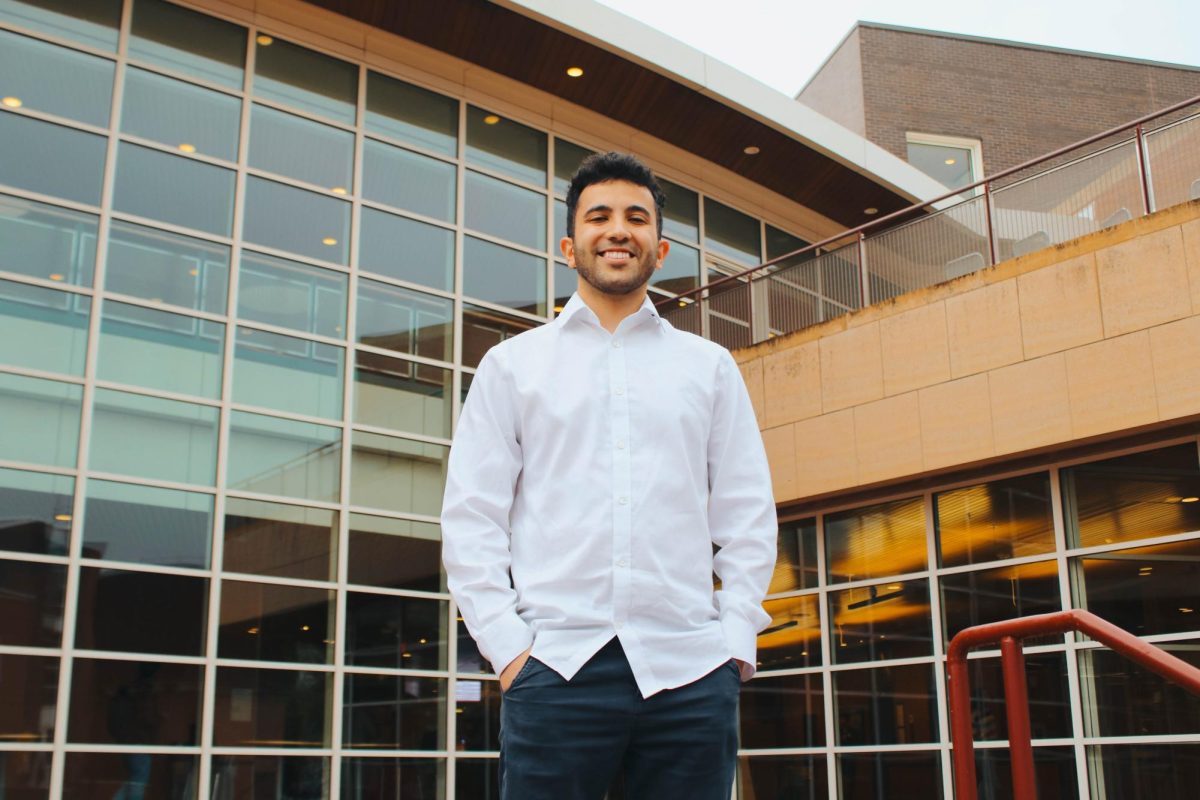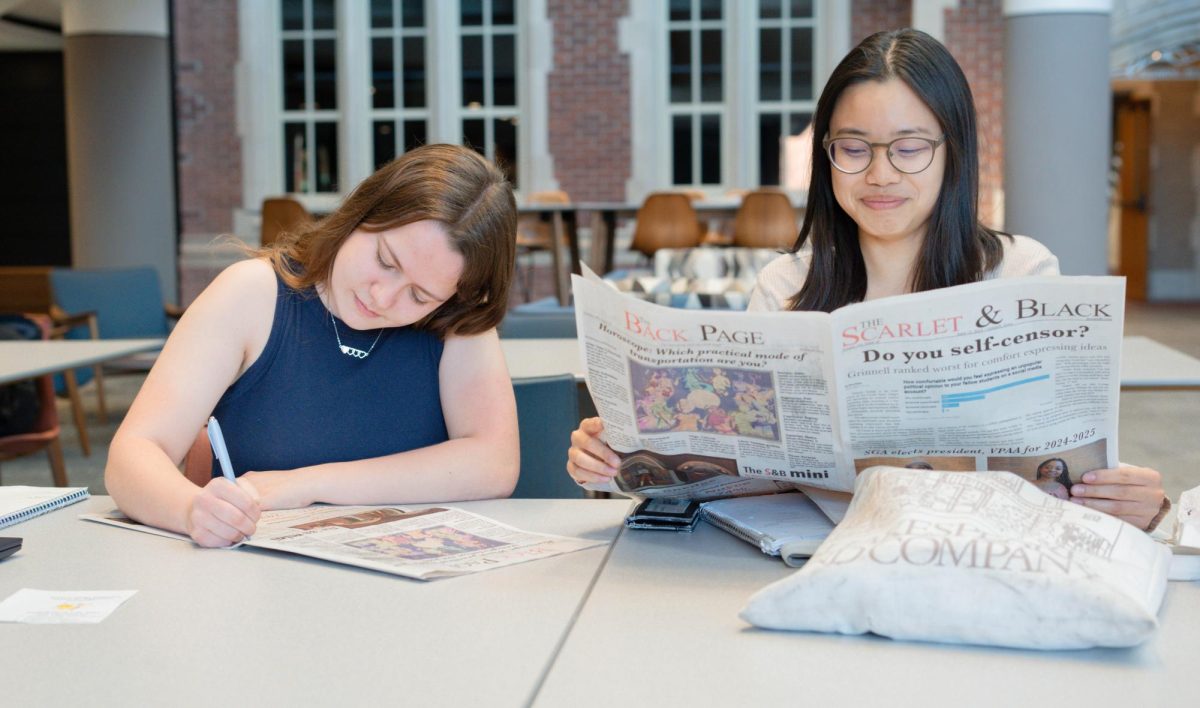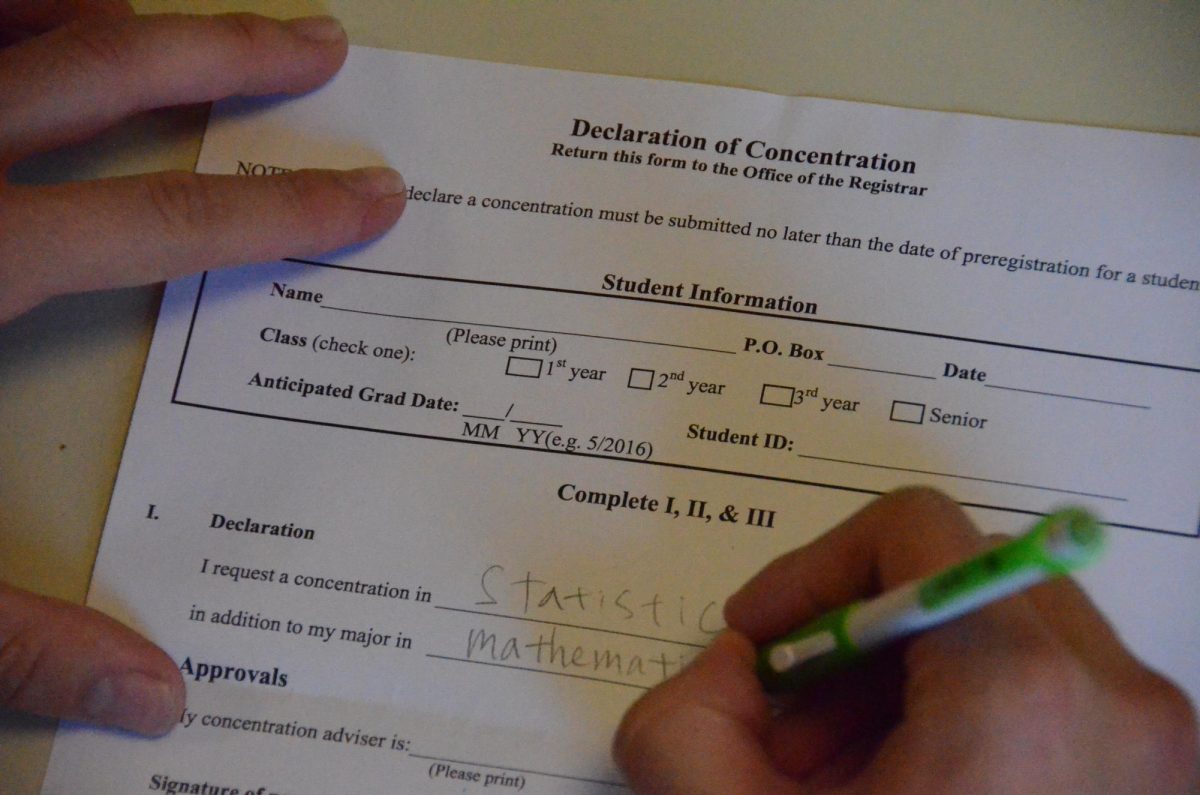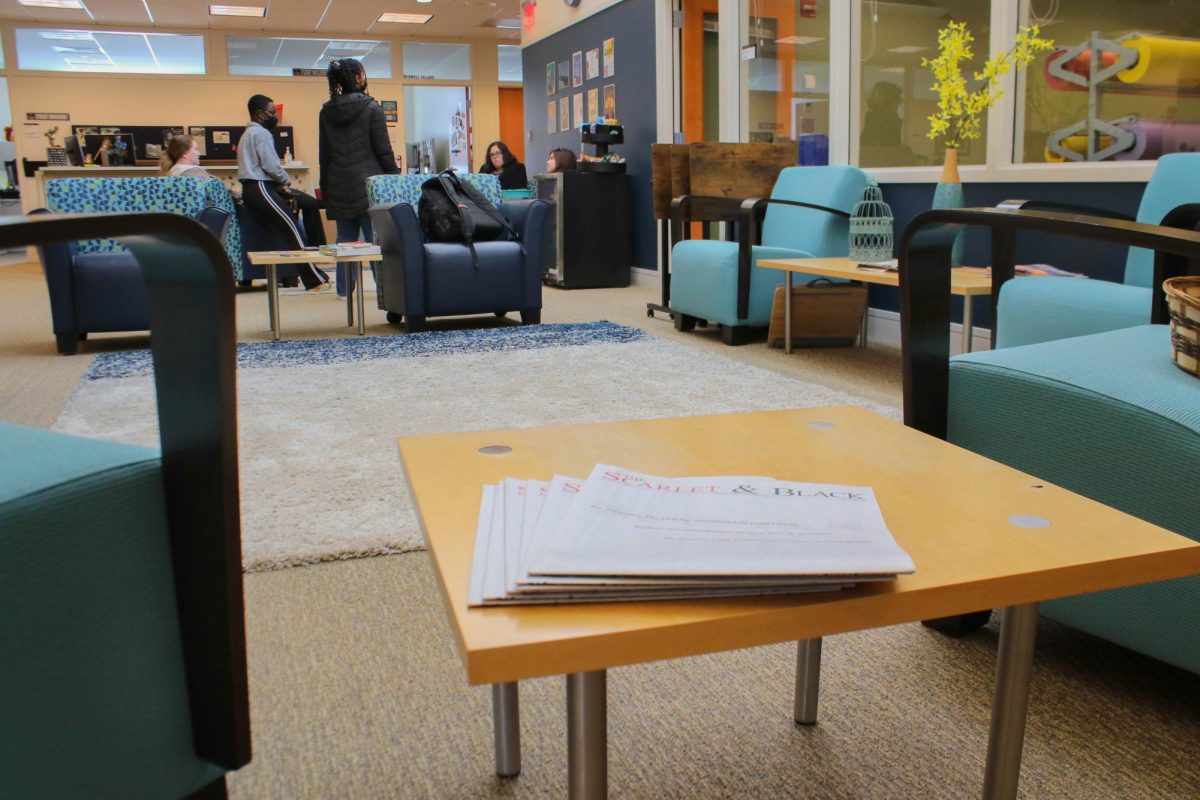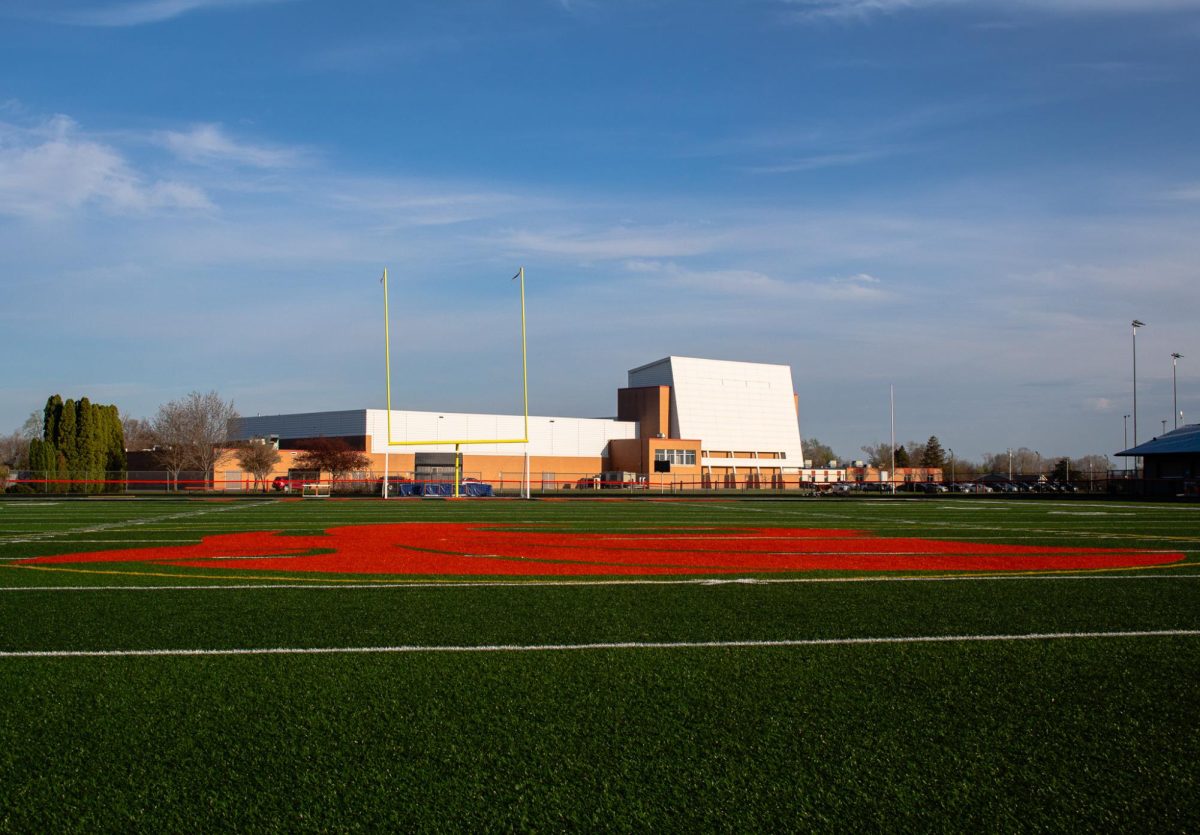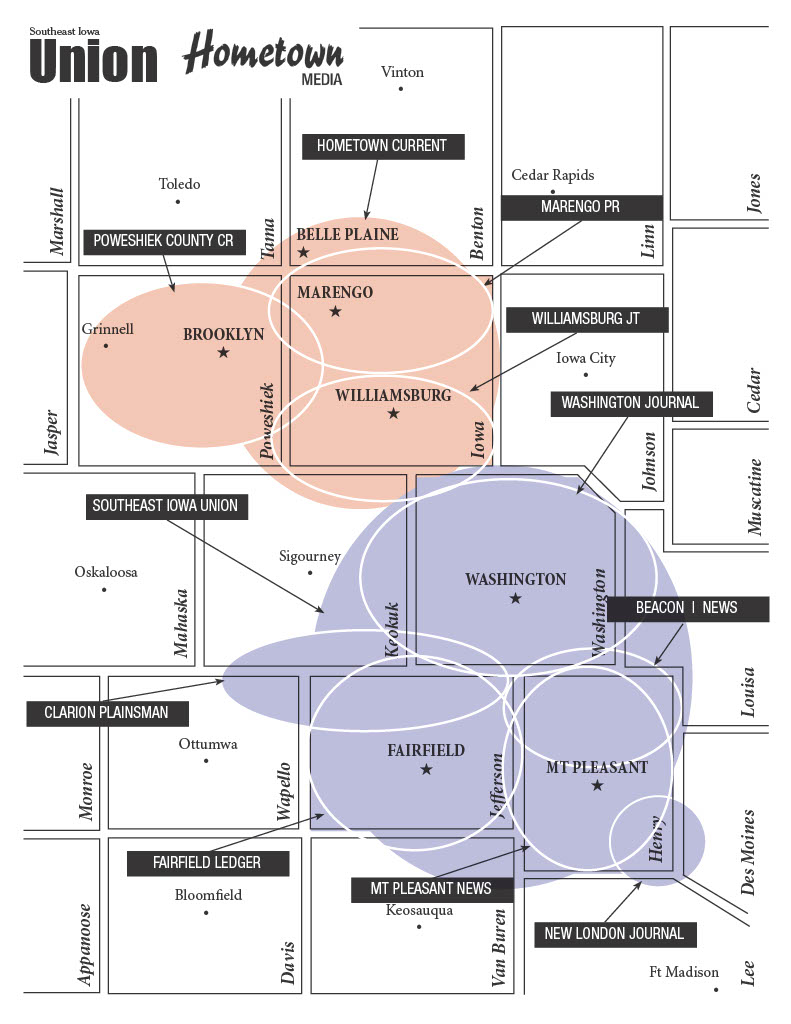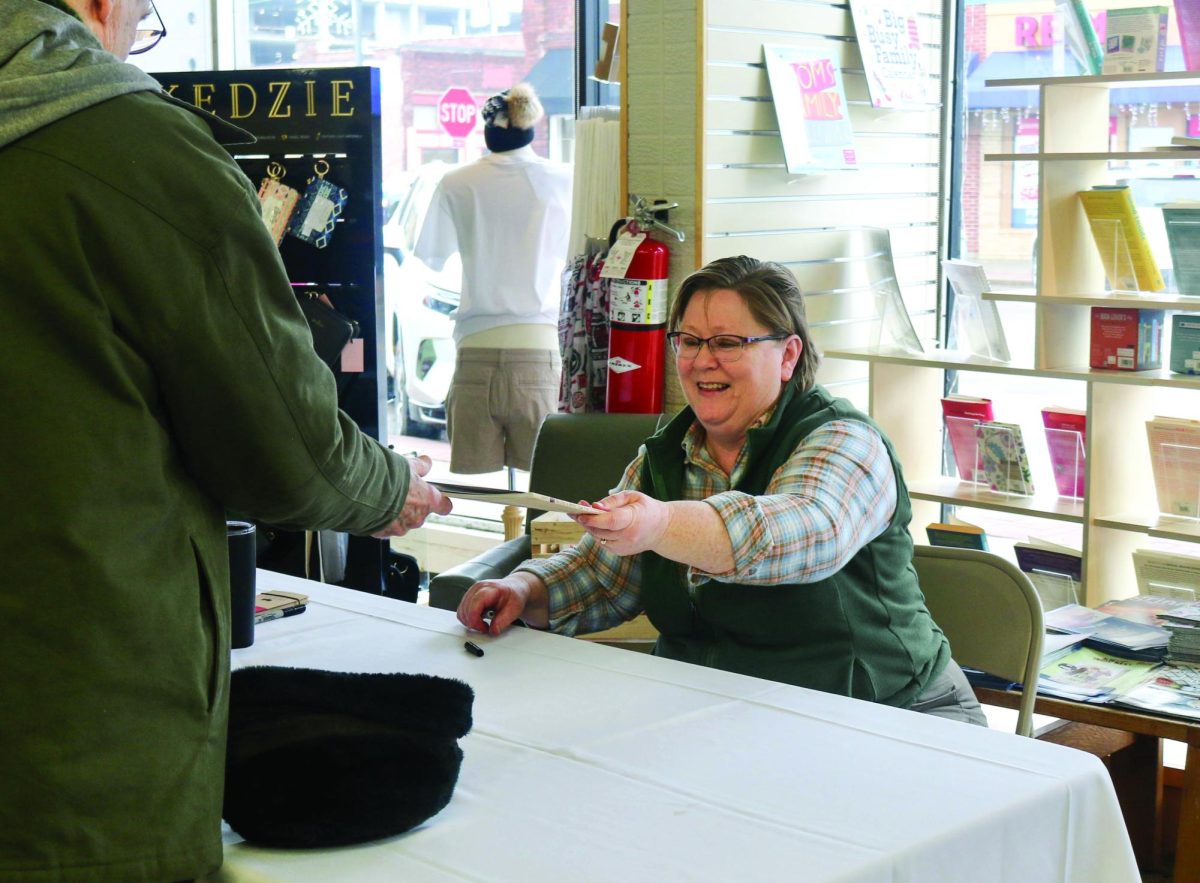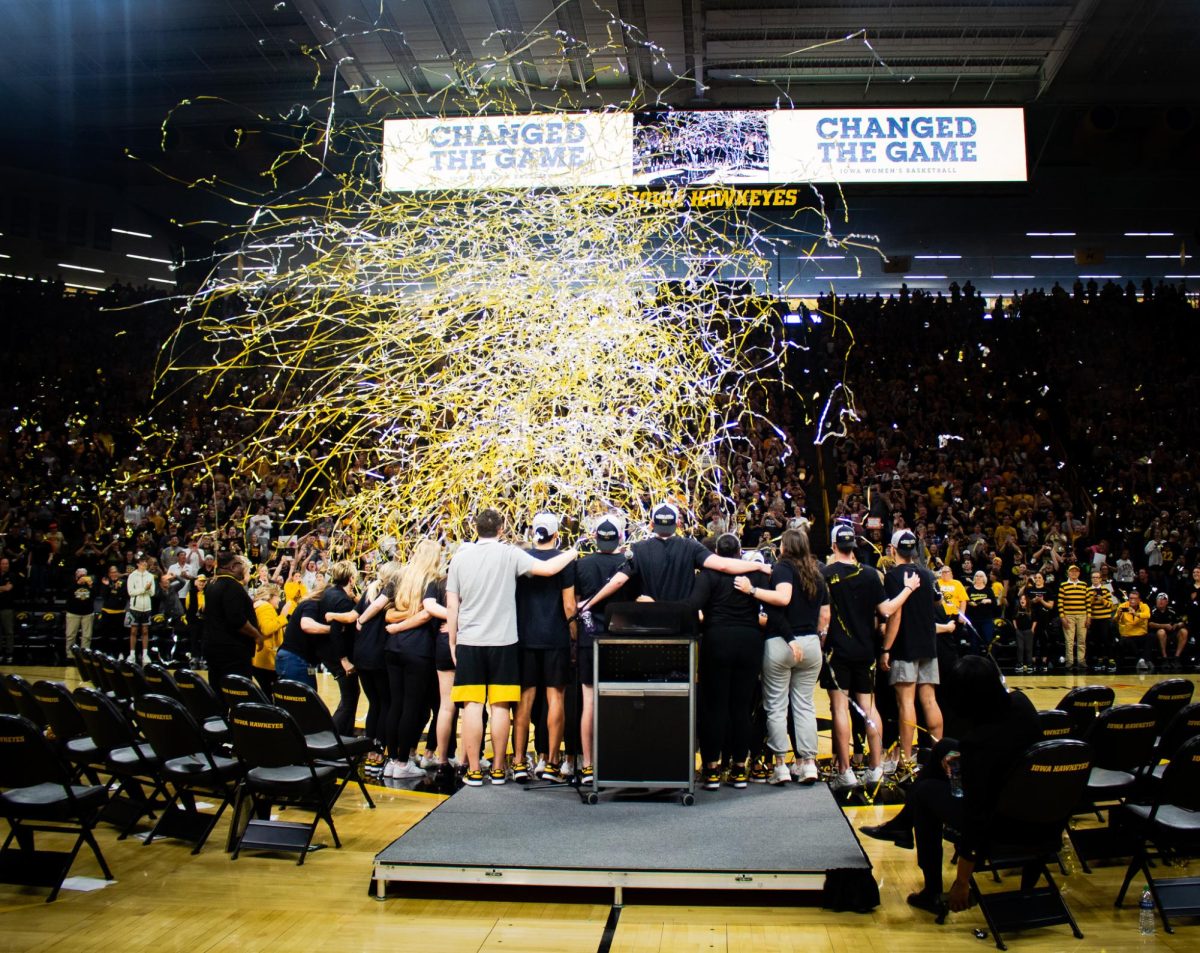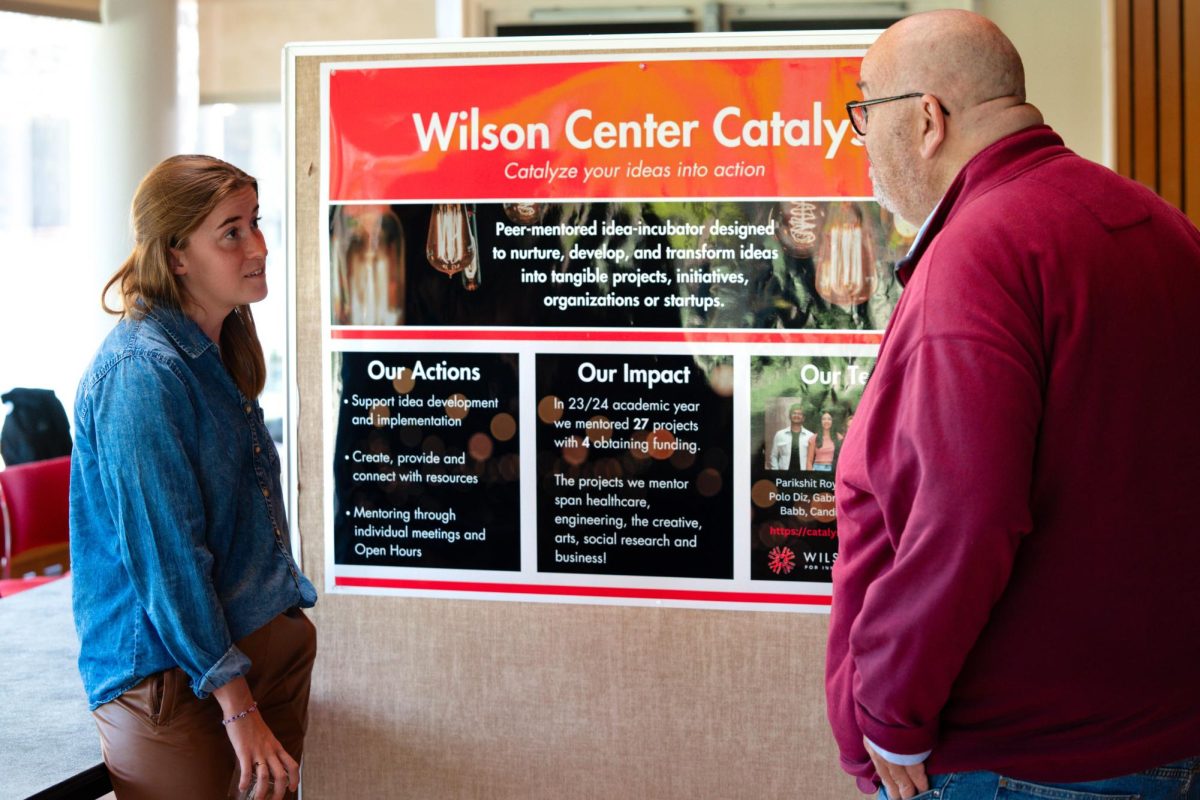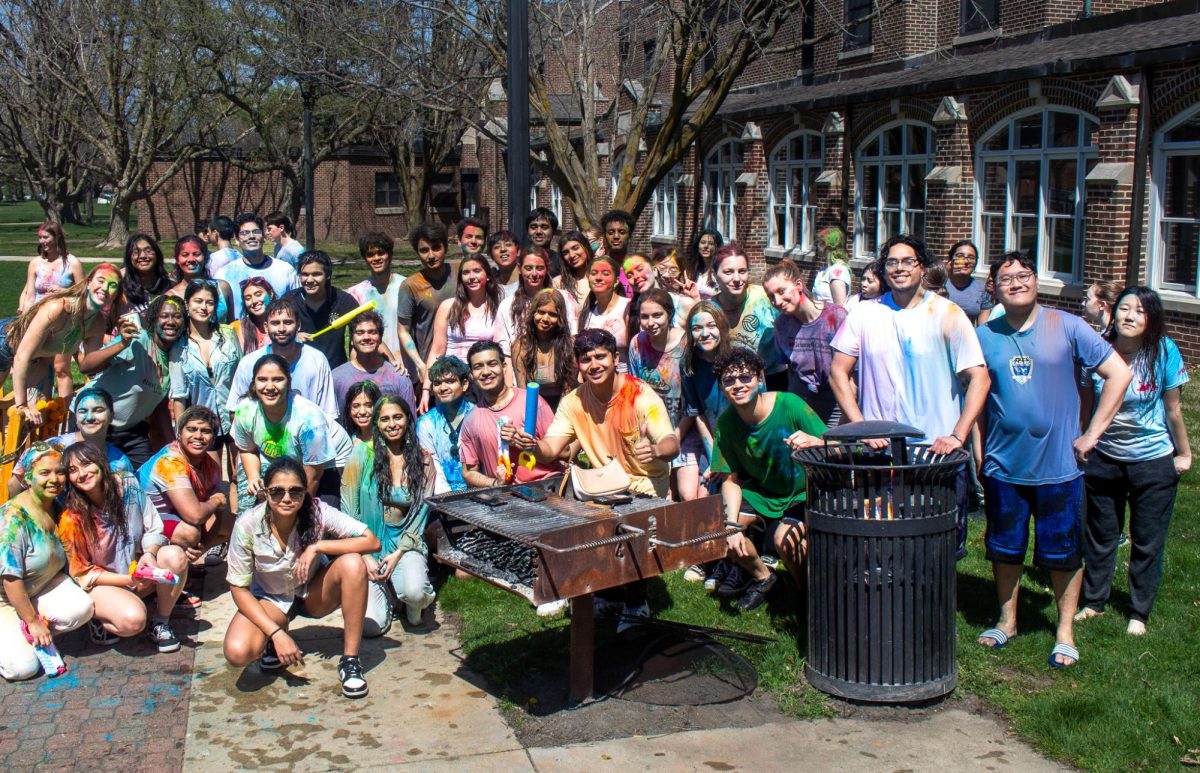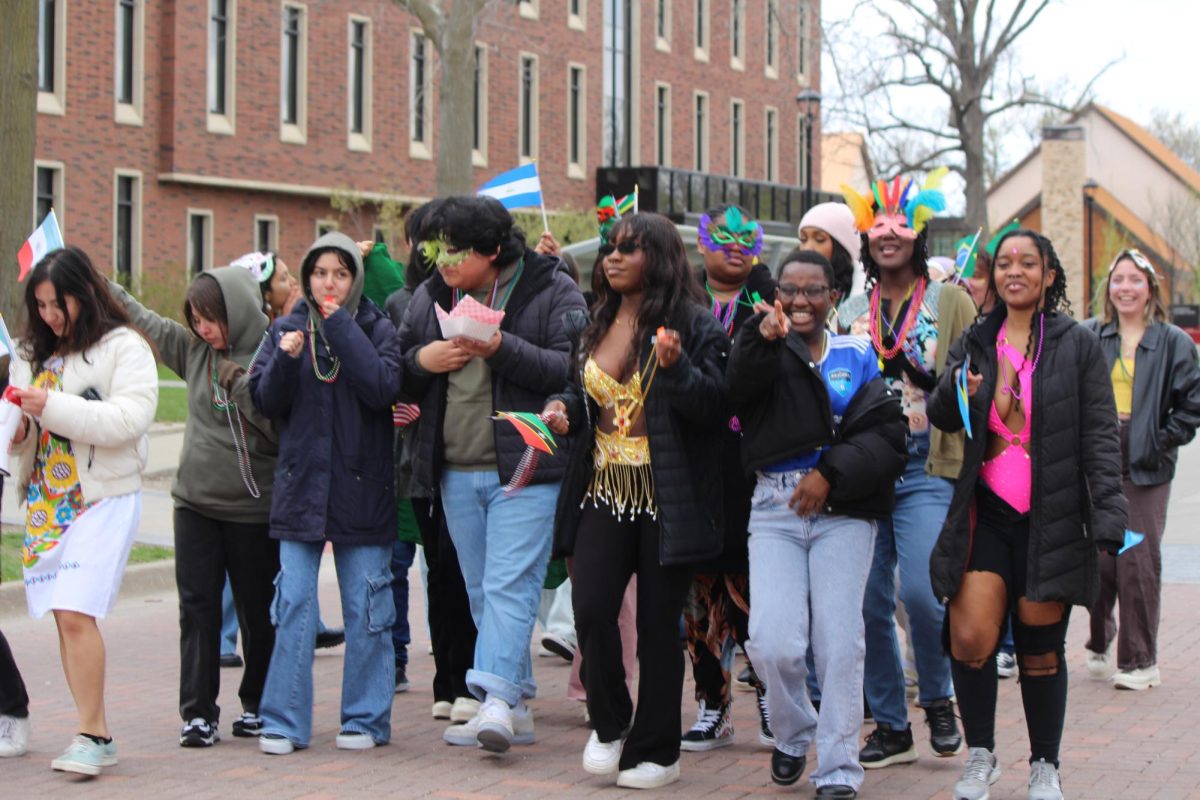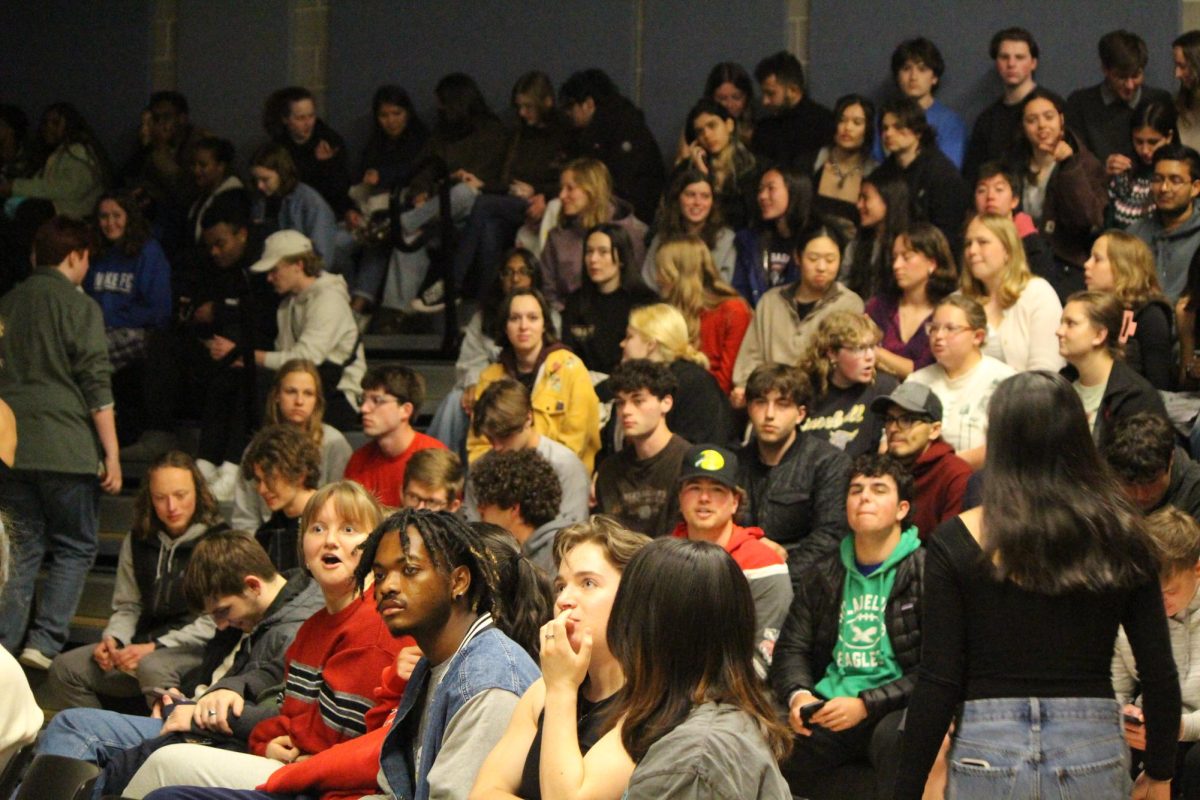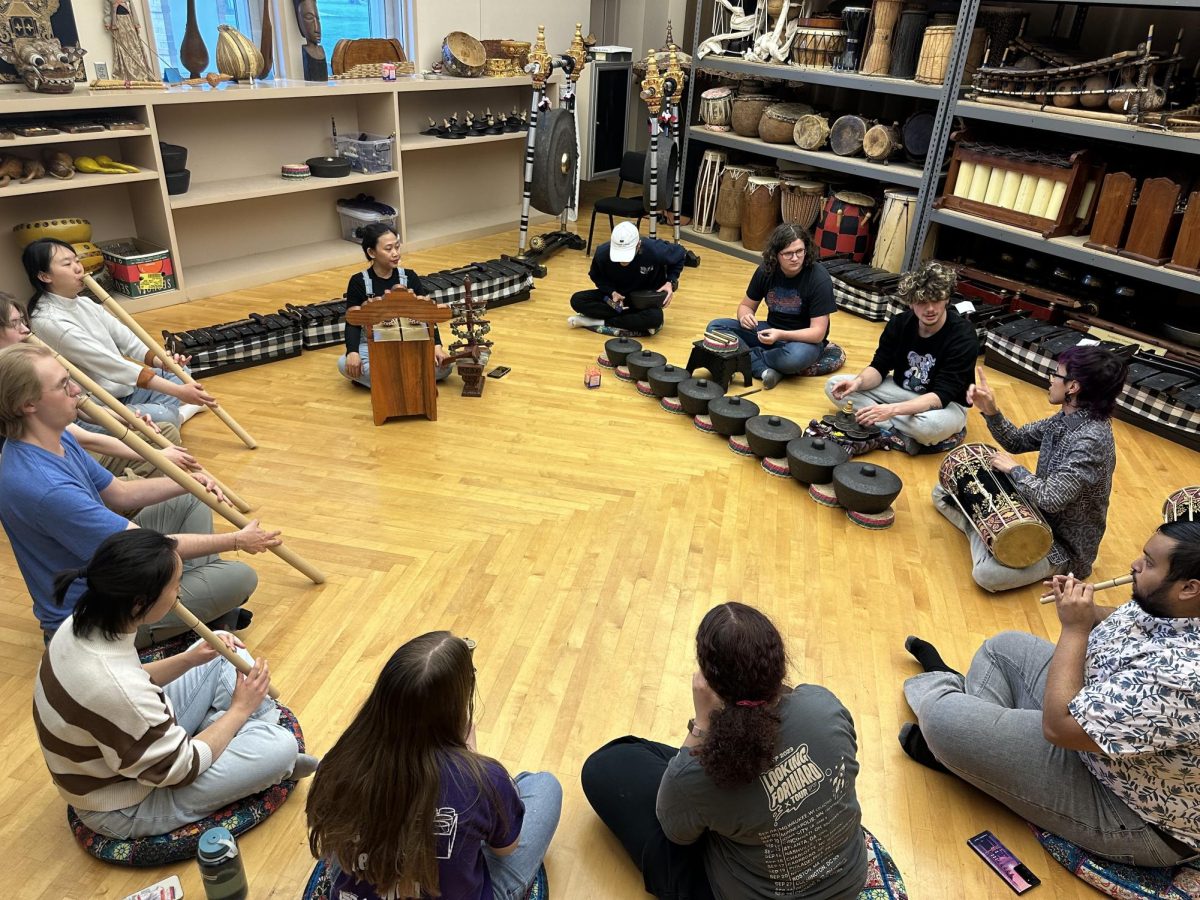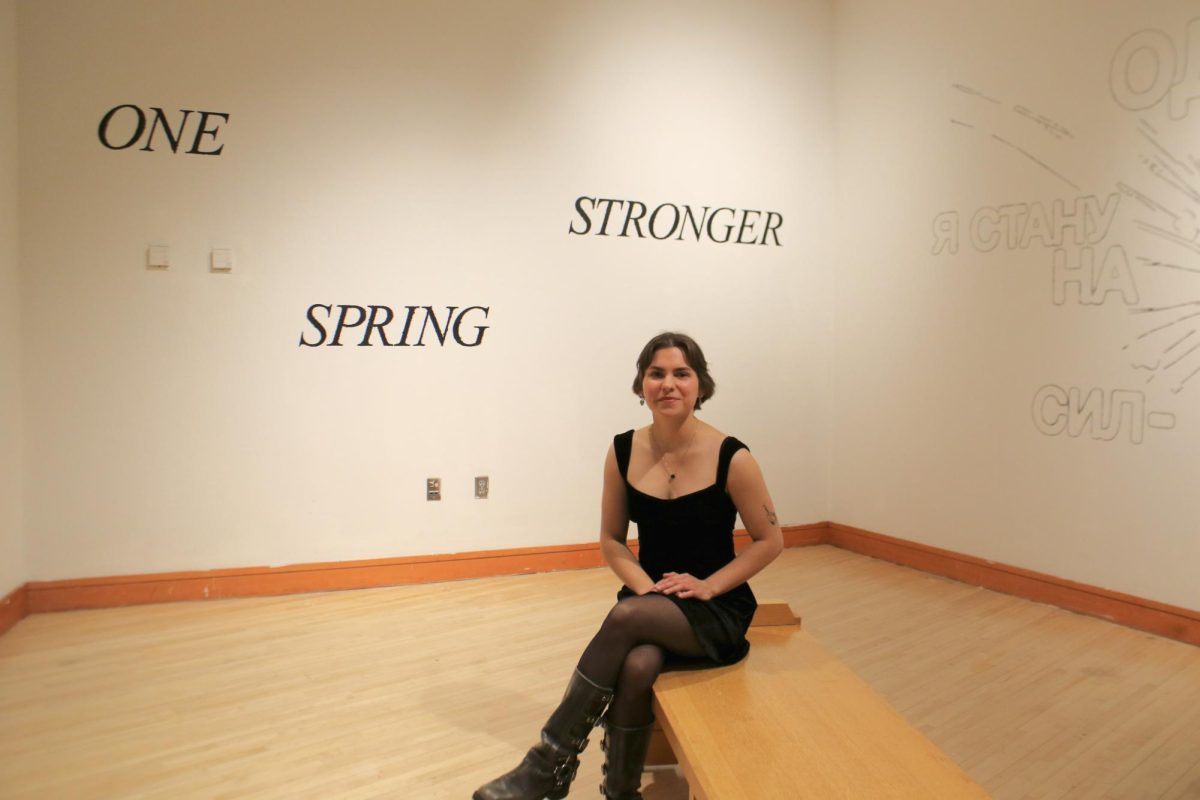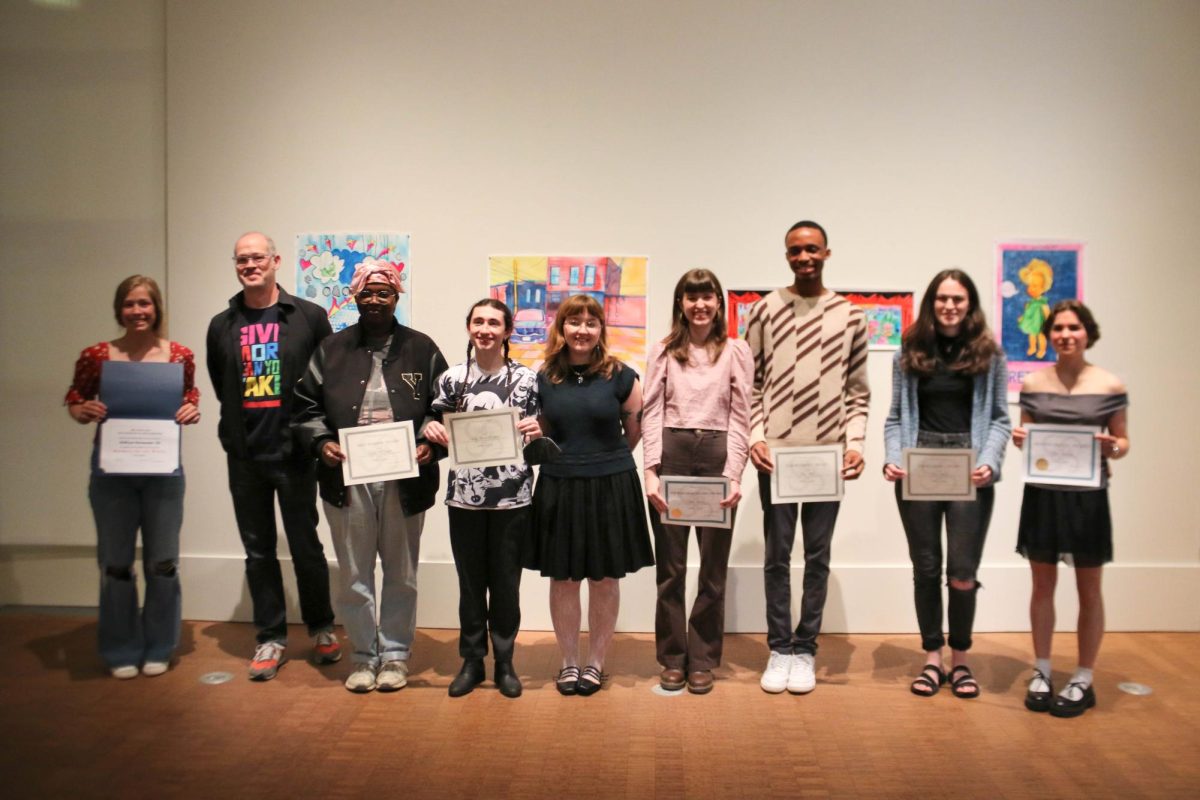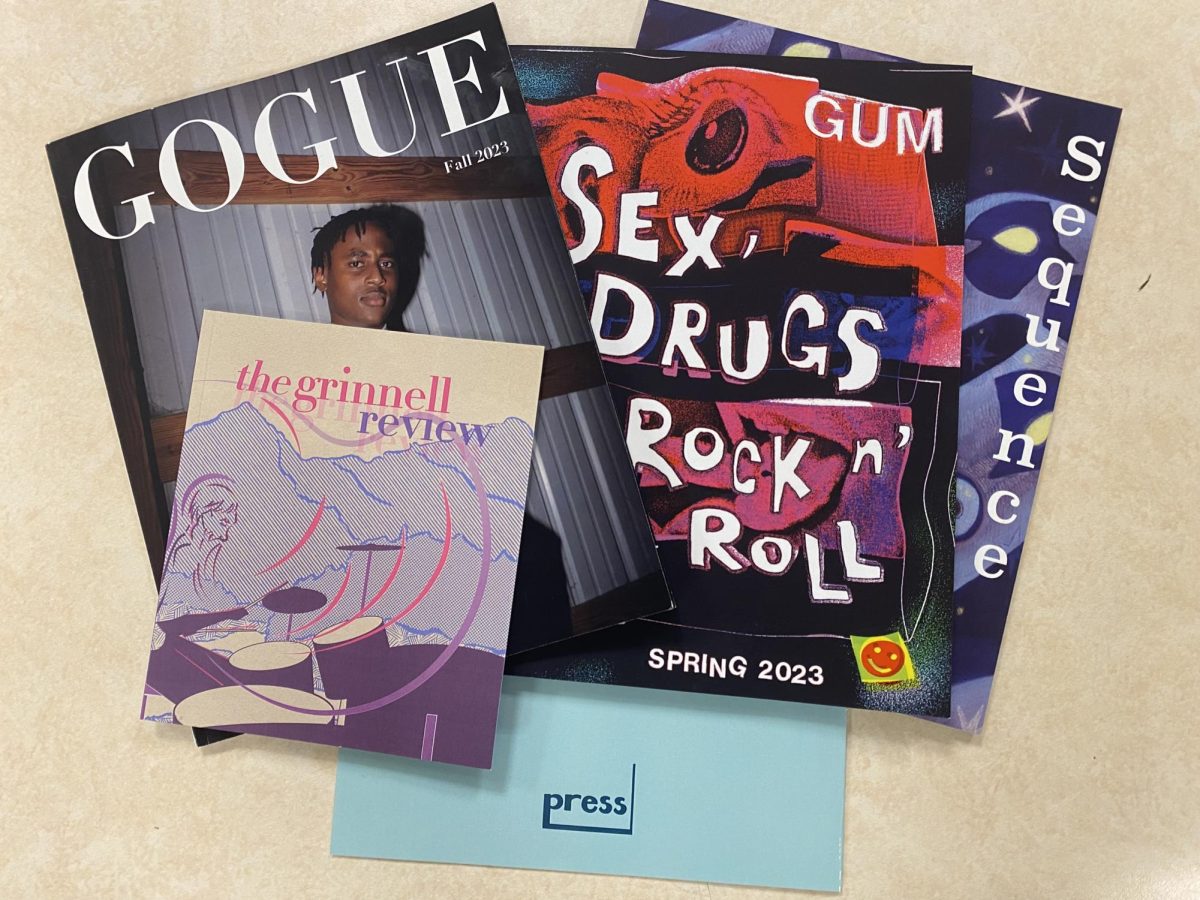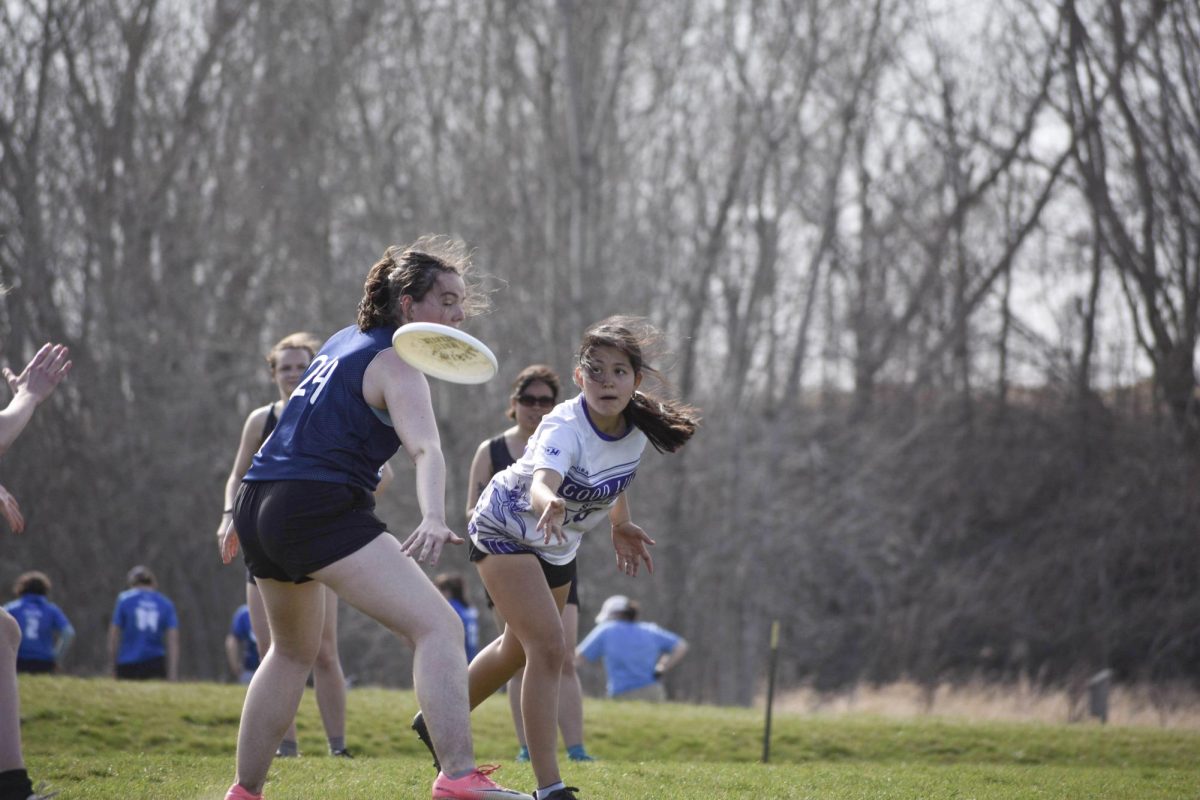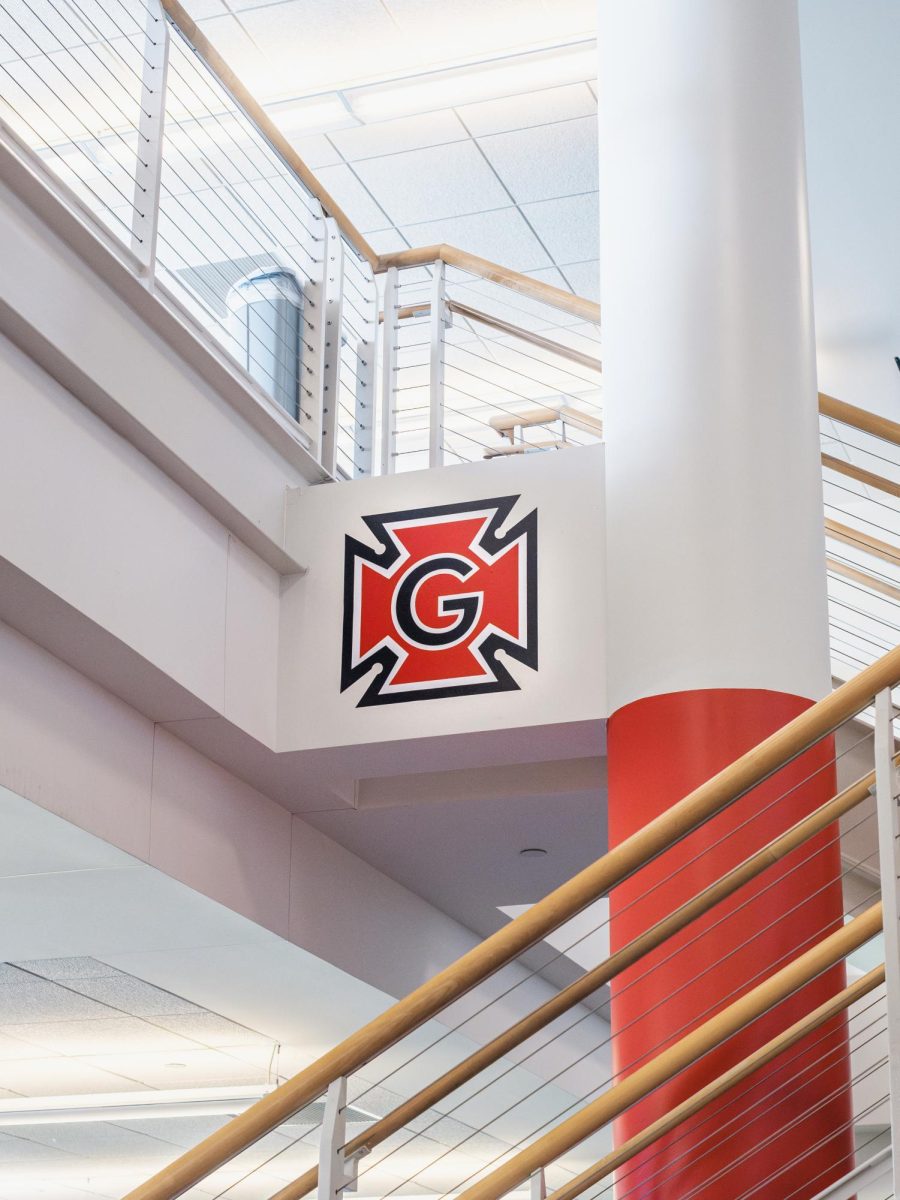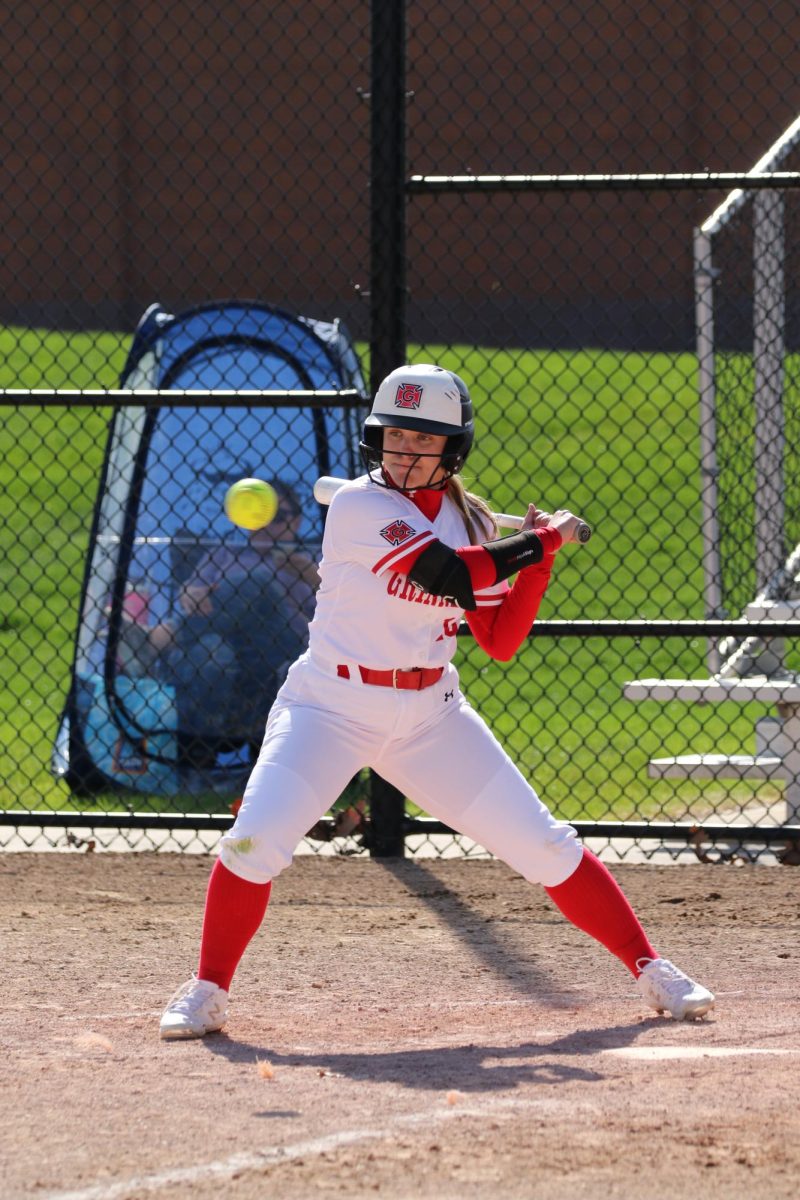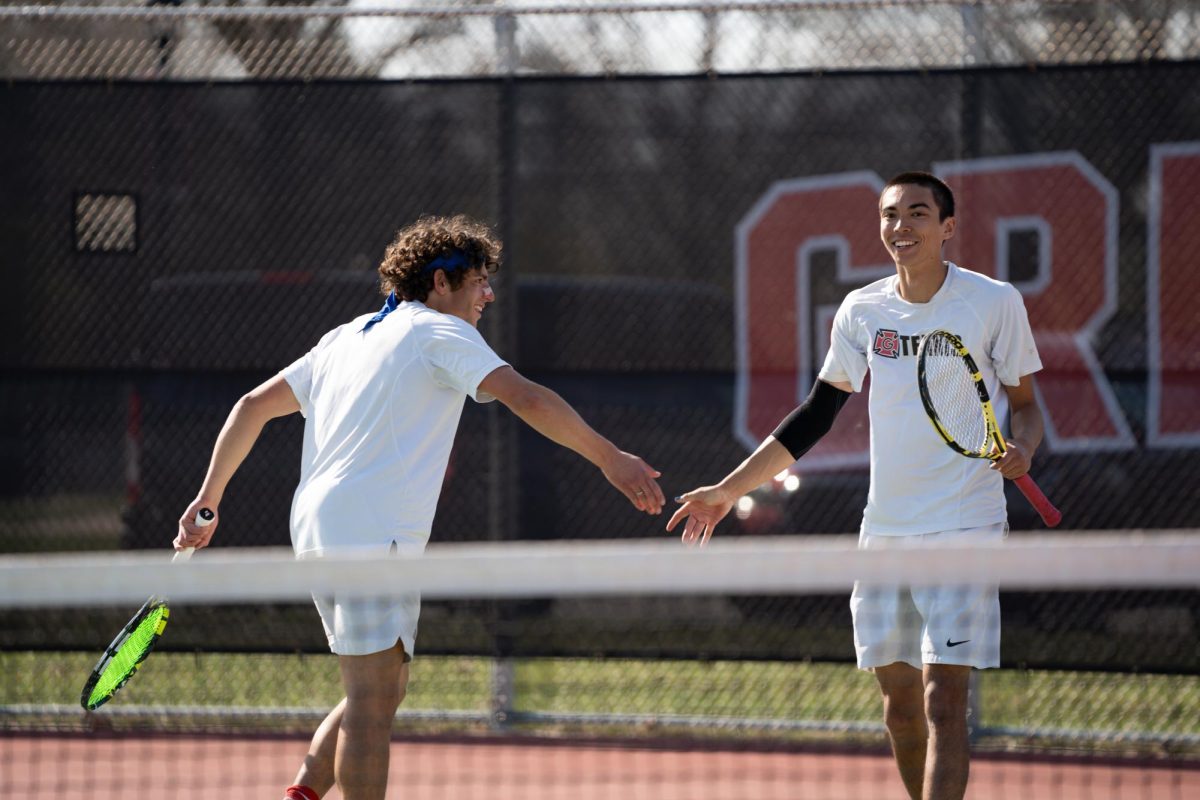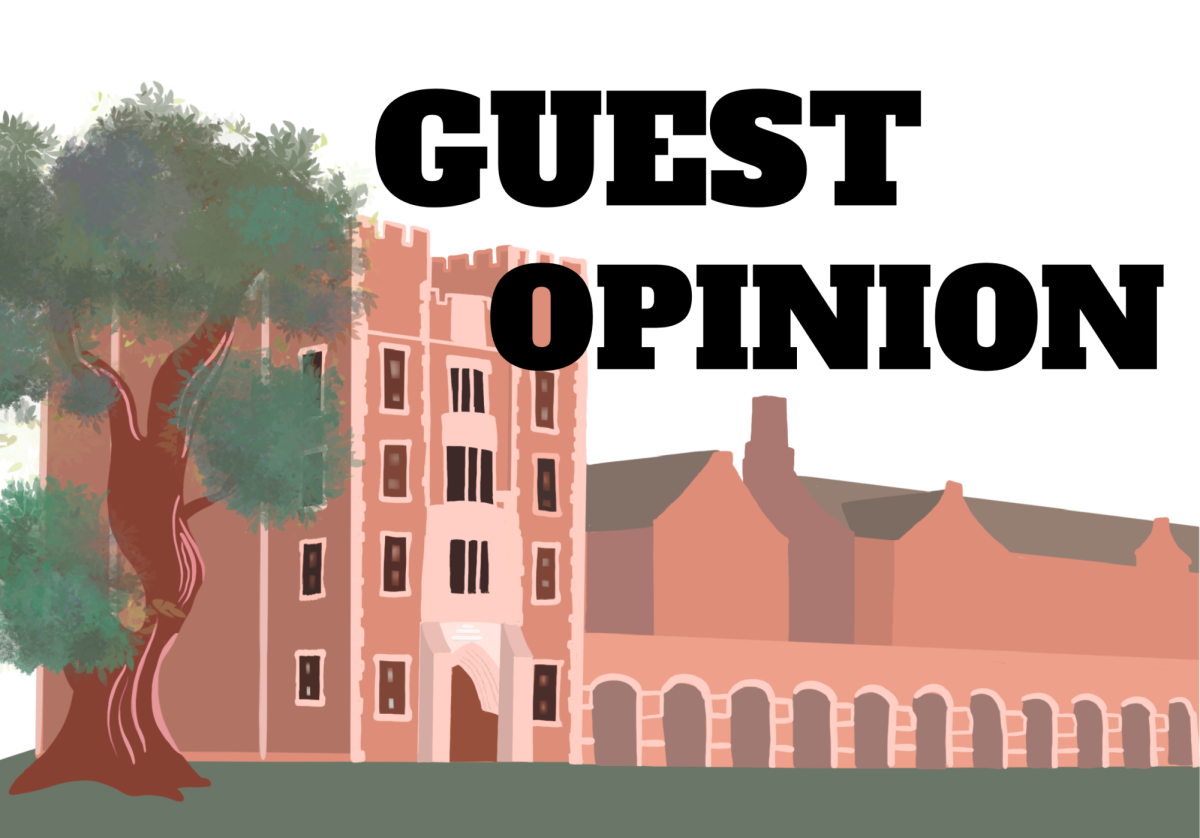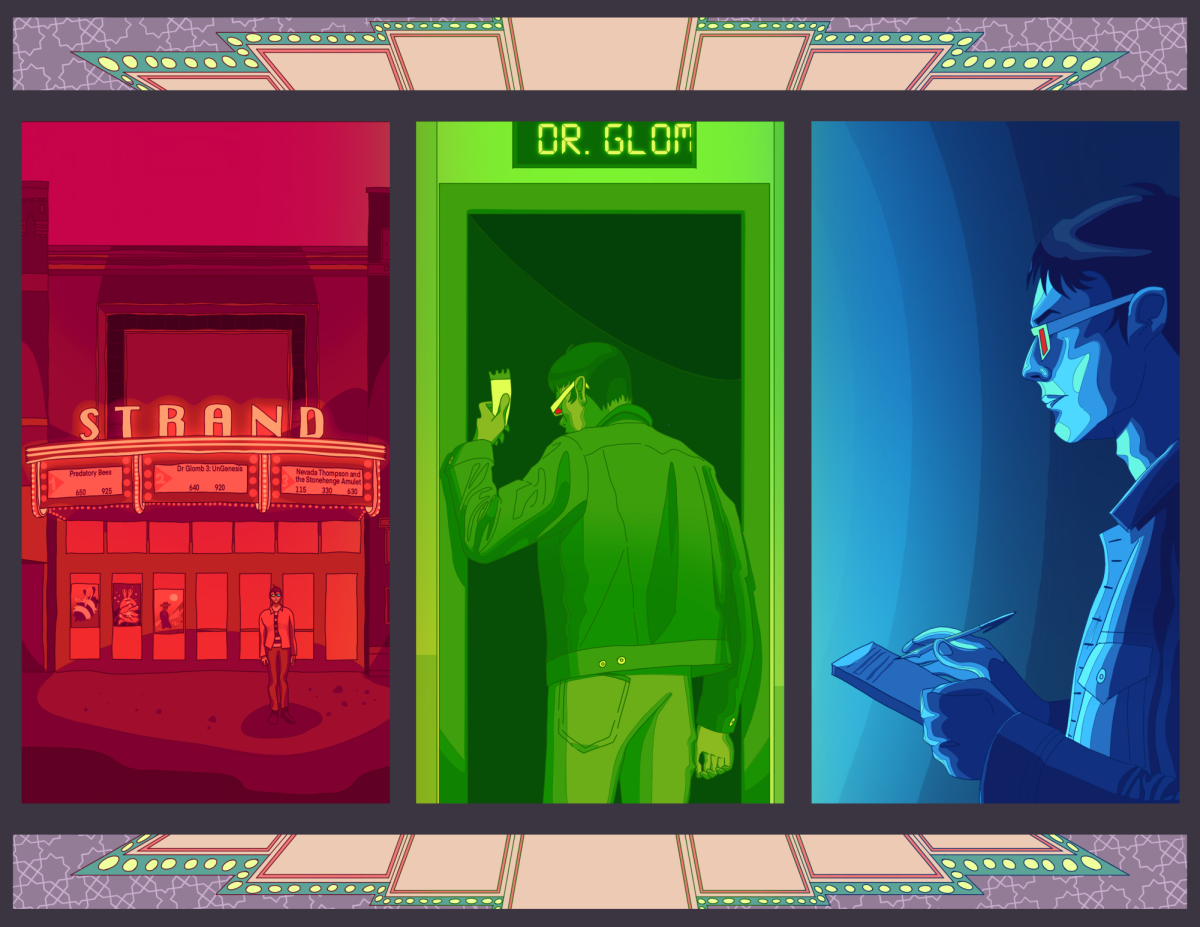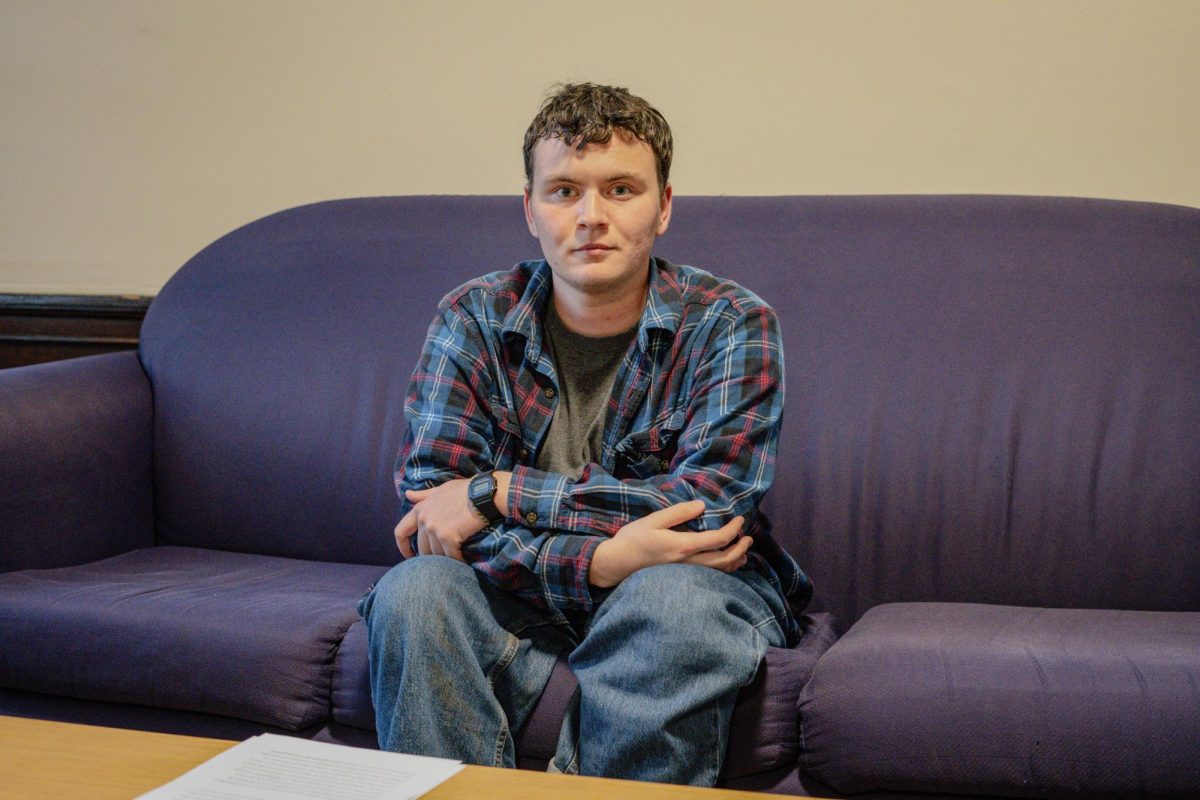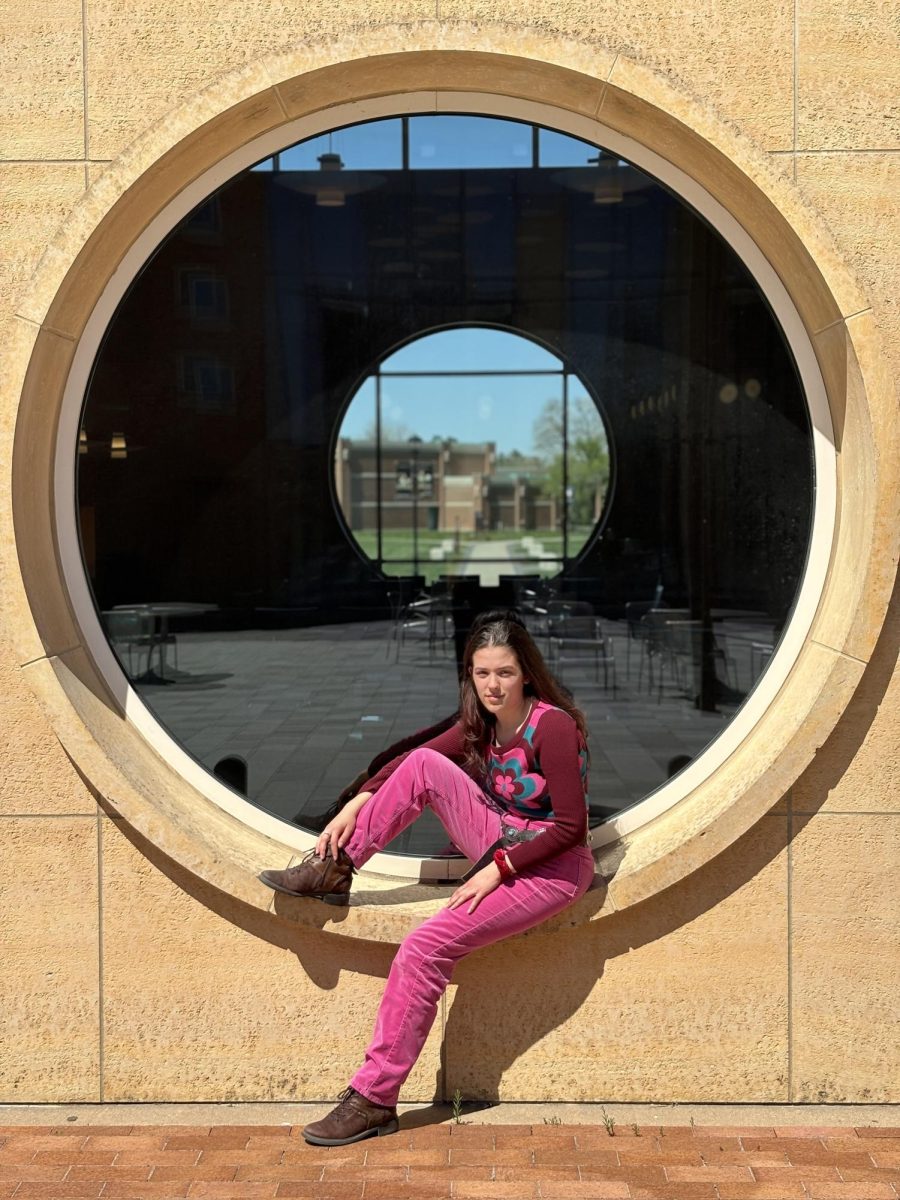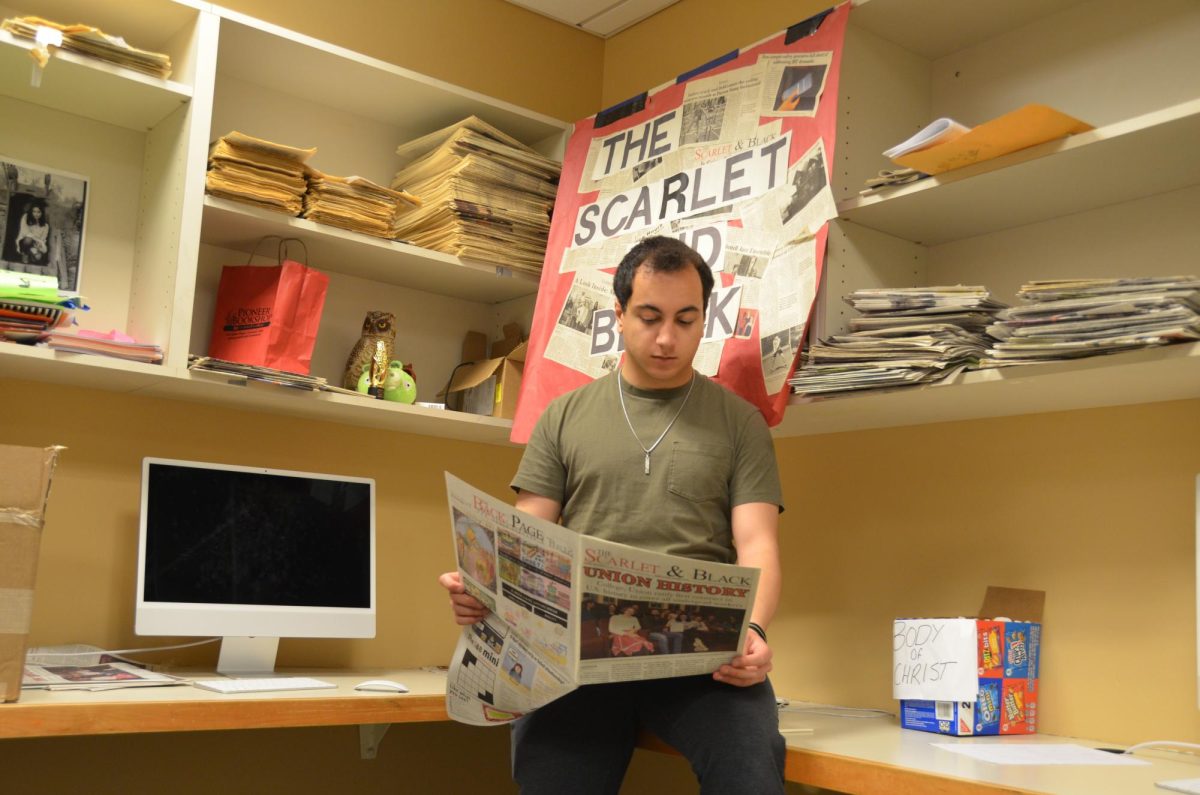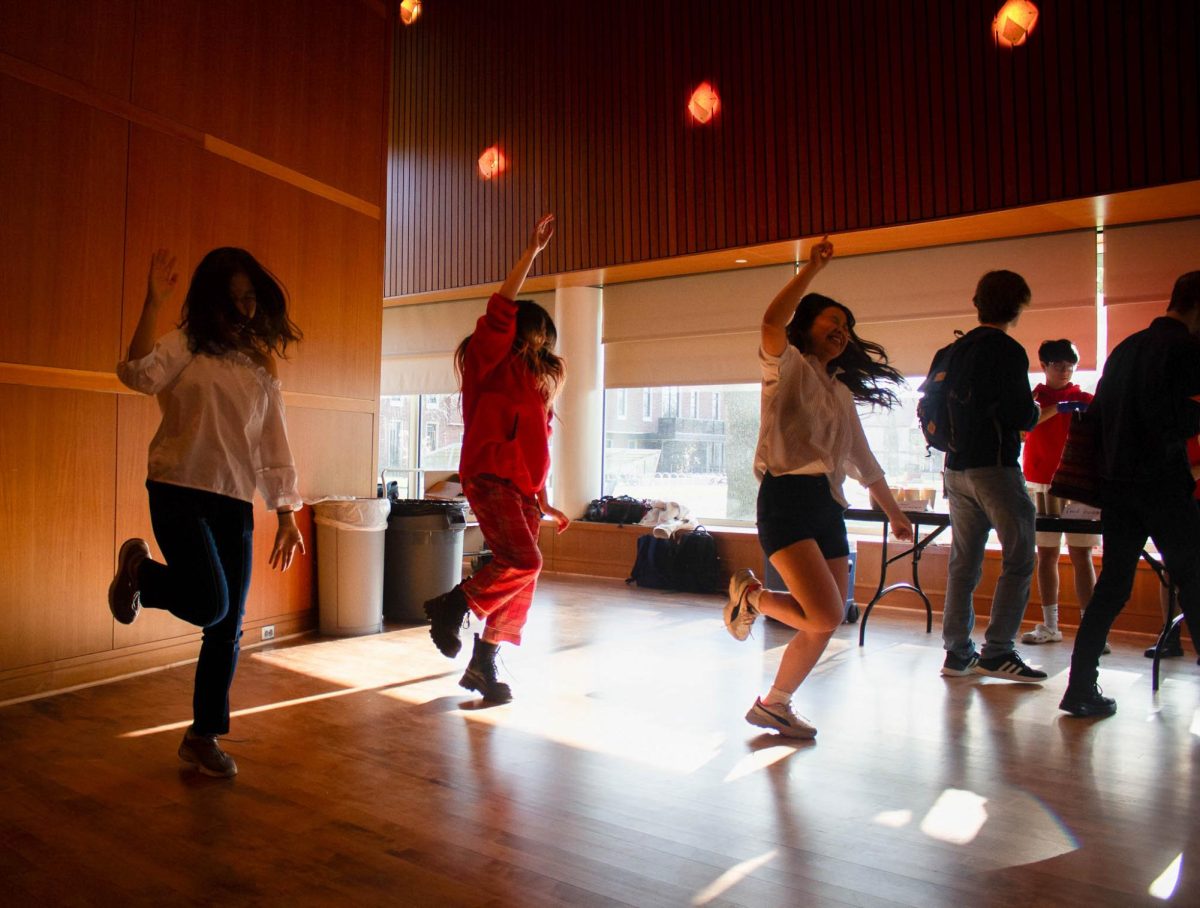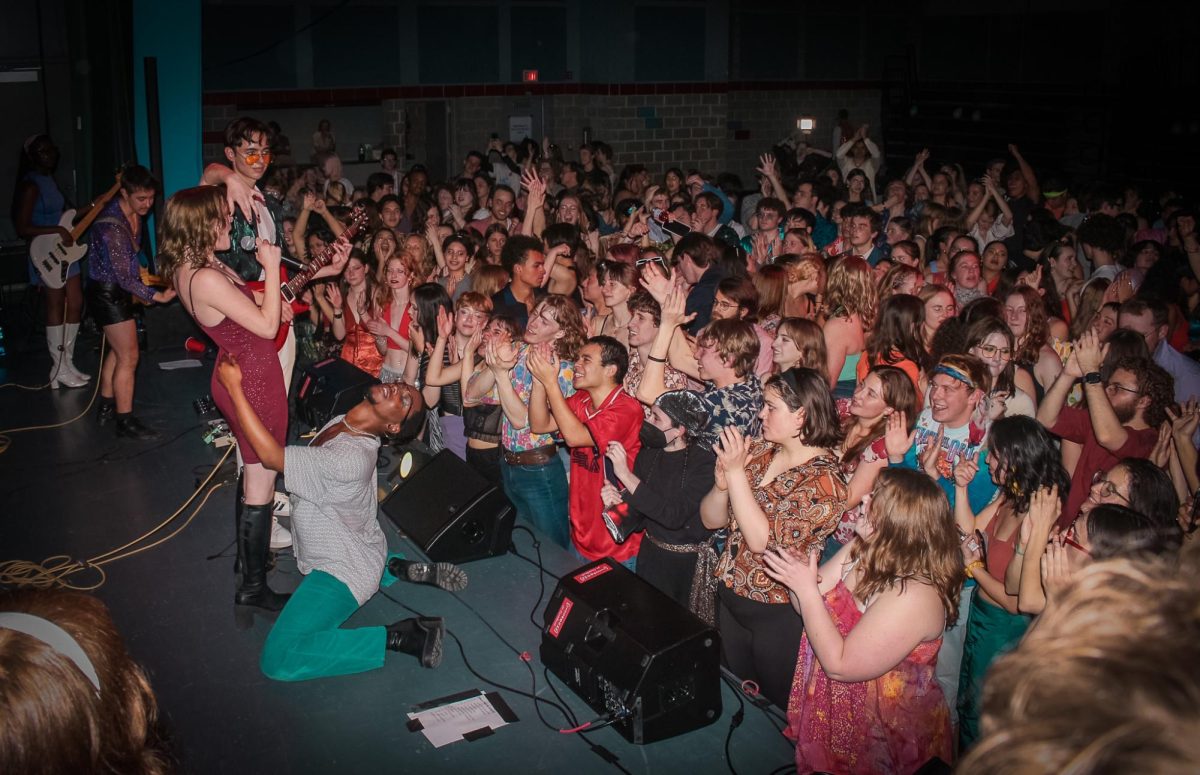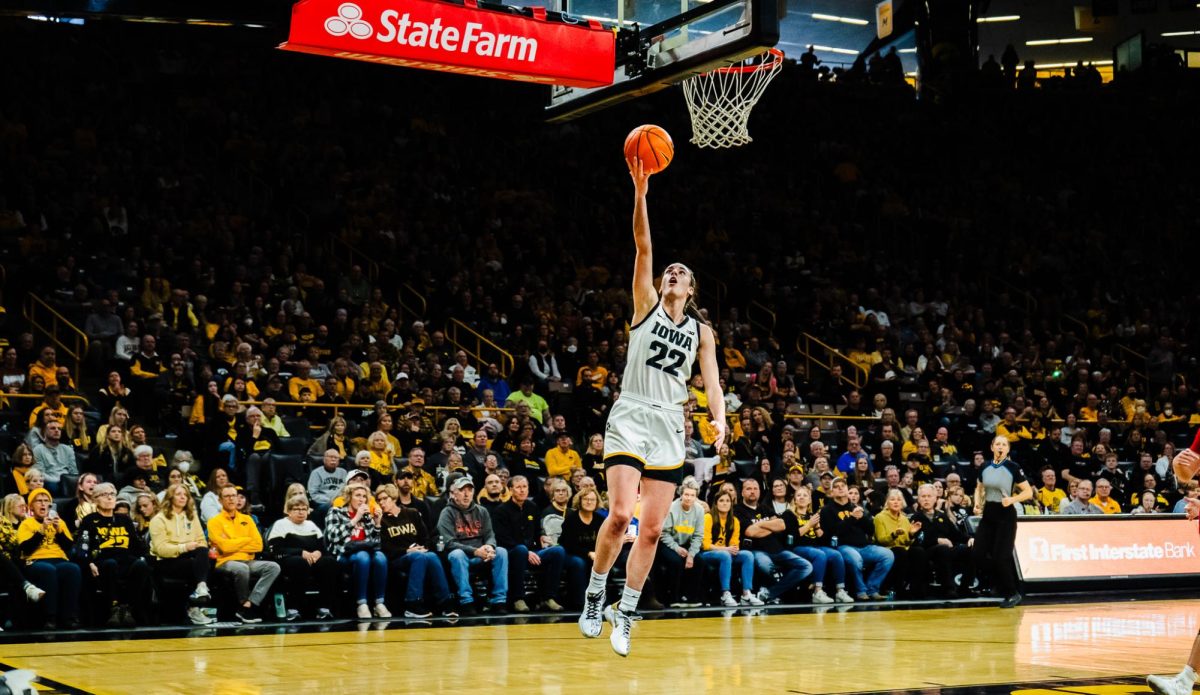I’ve written in the past about how we hand over our data to large companies, which then exploit trend analysis and other statistical methods to sell us products or improve the “user experience,” whether this entails better search results or simply more recommendations to “friend” people on Facebook. The government and our school use these same methods to track and predict trends in regards to security or institutional planning, respectively.
This is a change of massive proportions to global society. Whereas our information was once individually received and processed, whether by state functionaries or marketers, we now live in the era of “Big Data,” where trend analysis has mechanized the analysis and further reduced the qualitative emphasis on individuals as separate from trends. Indeed, the adherents of Big Data have largely forgone any sort of holistic consideration of trends in favor of a brutish statistics. Even at a small college such as Grinnell, individual opinions seem subsumed under the weight of large data sets.
Big Data has arguably replaced the personal relationship of the President of the College with the student body. In lieu of improving the relationship between the larger administration and the student body, trends, such as those extrapolated from the simple “like” vs. “dislike” on displays for future campus architecture, replace a more discursive process of planning and discussion with regard to finding our “institutional identity.” If I wanted to know what oranges tasted like, I would not expect the juice of 20 to really do justice to the experience of meticulously peeling apart and biting into one. It takes time to integrate the experiences and opinions of individual students into a narrative about institutional policy, but an approach relying heavily on Big Data is a shortcut to a more holistic approach.
In their defense, the displays on architecture do provide some space for comments, but that’s only after we’ve been juiced for likes and dislikes. I understand the logic; there’s only so much space and an ‘X’ takes much less space than an opinion, but a small community should be capable of so much more than that, and that’s why students need to up their game.
The town hall format, for instance, is an encouraging way to beat back the tide of depersonalized trend analysis, but it is only as good as the participation we give to it as a student body. Those that come to such events provide not just comments and questions, likes and dislikes, but put a face and an individual voice to concerns that otherwise lack depth in the form of massive data and trends.
Likewise, we must individually find a voice that reaches beyond Big Data in the wider context of the information age. Digital citizenship means taking ownership of the discourse so as not to simply become a mob juiced for trends and stimulated towards a collective action. This only benefits the interest of those with the data-mining capital to foresee trends and engenders them with a capacity for directed mass messaging that arguably outpaces the manufactured narratives of the so-called old media of television and print.
Our capacity for critical thinking becomes diluted by confirmation bias when our sources of information and community interaction become mediated, not by individual discussion and interaction, but by algorithms designed to show users what they probably want to see. Our opinions and identities stand to be atomized and isolated from each other by technologies that encourage us to constantly avoid a larger critical view of our own opinions in favor of those that we already hold. The solution is to consciously carve out a self that rebels against the constant feedback loop of the “feed.” In the end, the “feed” is just a consumptive illusion of individuality gleaned off the top of a much more diverse world.
